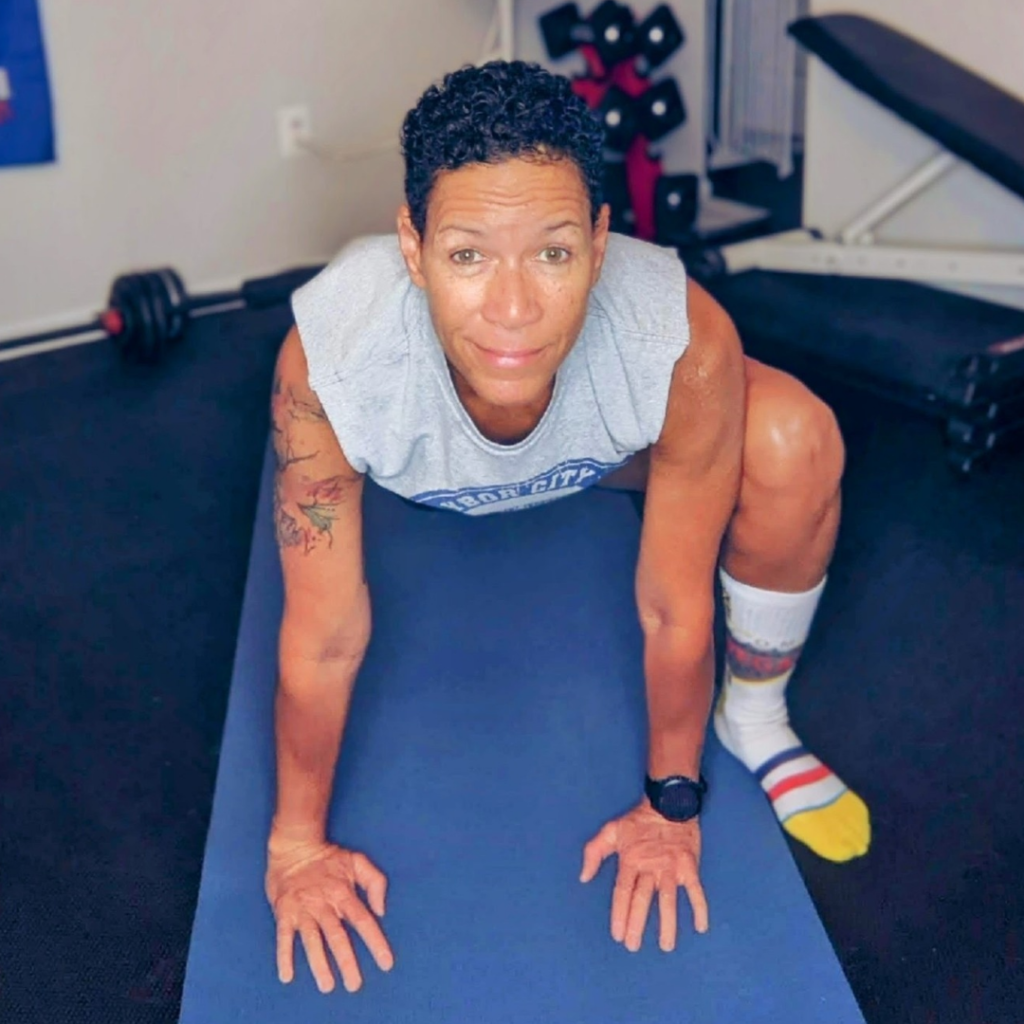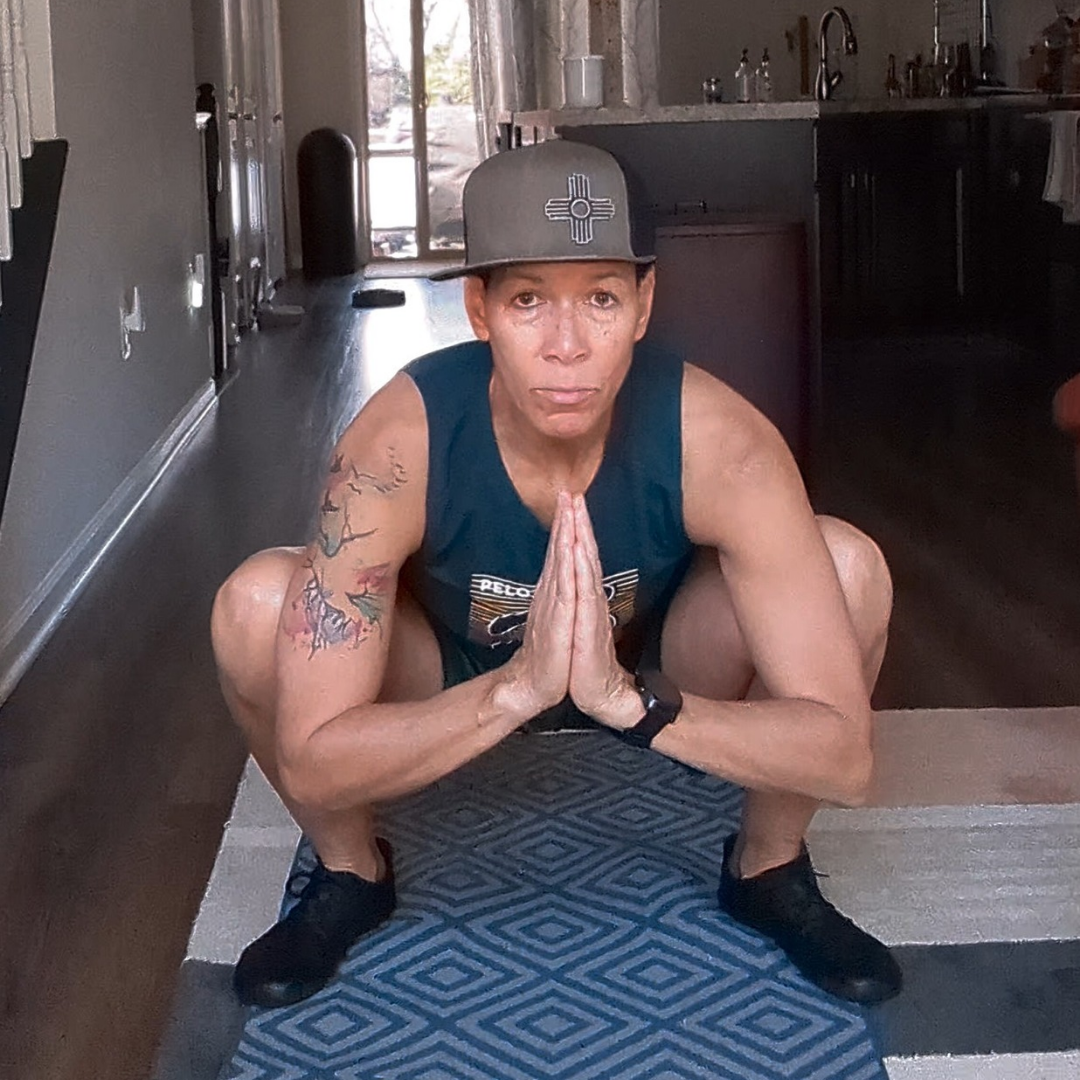
Getting up off the floor and all those real life events
It’s likely you’ve heard the phrase ‘functional fitness’ and wondered what it meant. It’s that catchy term you never knew about. And now that you’re reading this, you will see and hear about functional fitness at every turn. It will be everywhere, and your phone will start spamming you with ads related to functional fitness. You’re welcome.
In a nutshell, functional fitness exercises are geared towards movements you encounter on a daily basis in real life. As we get older, we tend to stop moving the way we did when we were younger. Also, technology has made our lives easier, and we have succumbed to modern conveniences, like cozy chairs. As the adage goes, “Use it or lose it”. The more we restrict our movements, the more our range of motion becomes limited. Herein enters functional fitness.
Close your eyes
Think about the last time you dropped something on the floor.
How easily were you able to bend down and pick it up? That Part!
Click Here
I was right there with you, groaning to bend over because squatting AND getting back up was painful. Years of running (my first love) and weightlifting (my second love) with little thought about mobility has me tight with restricted range of motion in my hips, ankles, and knees. That’s where functional fitness comes into play.
Consider functional fitness as a combination of strength + mobility. Strength training builds muscle, while mobility exercises improve range of motion and balance. We begin losing muscle mass and strength sometime in our 40’s. Sarcopenia, muscle loss, further increases between the ages of 65 — 80. We can lose as much as 8% of our muscle mass each decade. Strength training helps to reverse this trend. Mobility keeps us bending, balanced, and agile.

Had I known then what I know now, I would have spent more time on mobility. Perhaps my right hip wouldn’t be as tight as it is now. Pigeon Pose is my goal, but I’ve got work to do. I’ve just recently begun my intentional mobility, stretching, and functional fitness journey. I already see improvements and even feel the difference. I move better; sometimes it feels like I’m floating. Real talk. Still, that right hip is going to take some time.
When we train with functional fitness in mind, we replicate movements necessary in the real world, such as squatting, pulling, pushing, bending, climbing, walking, and running. These types of exercises help us maintain our independence, reduce injury, and prepare for things such as carrying groceries, picking up small kids, sitting in a chair, and getting up off the floor.
Fundamental Functional Fitness
Lets focus on two fundamental exercises that, in my opinion, yield the biggest benefits in regard to functional applications to real life events. We always hear stories of an elderly man or woman who has fallen and can’t get back up. They may have missed a step or tripped on a household item. Then they soon discover they don’t have the strength to get up off the floor. These two functional exercises, if done consistently, could help in a situation such as this; for getting up off the floor, sitting in a chair, or just being able to walk better.

The Deep Squat
Remember how long it took you to pick up your keys when you dropped them on the floor? That’s why squatting is so important. Squats are one of the most fundamental functional exercises you can do. They help you gain mobility and strength in the hips, knees, ankles, and spine.
Squats are more of a category of movement than an exercise. In many cultures the squat is used as a resting position or as a chair to eat and socialize. Resting in a squat has a huge positive effect on the mobility of our joints. It also decompresses the spine and relieves tension in the lower back. So, the next time you’re watching tv, try spending some time in a squat.
Getting off the ground and moving in and out of chairs will all be easier after a regular squatting practice. Bodyweight squats are a great way to get started, but if your balance is poor, start with assisted bodyweight squats by holding onto a pillar or post.
How to perform a squat:
- Stand straight with your feet shoulder-width apart and your arms down at your sides.
- Bend your knees and start to squat down, pushing back into your hips, almost as if you’re about to sit in a chair. Raise your arms up in front of you as you go.
- When your thighs are parallel to the ground, pause and push through your heels, extending your legs and returning to the starting position.
- For a deep squat, spend some time at the bottom position. It’s okay for your knees to extend beyond your toes. Start with 30–40 second bursts and increase that time as your mobility allows. Compile each session for a goal of 10 minutes a day.
- If you feel like you’re falling backwards, you likely have stiff ankles. If that’s the case you can raise your heels to give yourself more support. A squat wedge will allow you to squat further by reducing the strain on your ankles and knees.
The major benefit of doing deep squats is the improvement in your ability to easily move through daily activities. This is because the movement we use to do a deep squat is embedded into everyday tasks, like crouching down to lift a package or getting eye to eye with your dog. If you can tolerate a deep squat, that’s a good sign that you’ll be able to get up from the floor, get out of a low car, climb the stairs, or kneel to play with kids.
When I purchased my Honda Civic I realized it was lower than my other car. I was concerned that getting in and out of the car would be a problem, but my body adapted. That’s what your body will do once you squat consistently.
Push-Ups or Chest Press
Being able to push yourself up off the ground is invaluable in terms of functional fitness. Pushups are a simple functional exercise that can be done on a wall, on your knees, or straight legged. However, I do understand that they can also be very challenging. The chest press works the same muscles and may be easier.

How to perform a Chest Press
- Lay flat on a bench. Hold one dumbbell in each hand and lean back onto the bench. Extend your arms straight up with the dumbbells above your chest.
- Bend your arms, slowly dropping the weights toward your chest. When your upper arms are just pass parallel to the ground, push the dumbbells back up to the starting position. Try to squeeze pectoral muscles as you extend your arms.
How to perform Push-Ups
- For a wall push up, stand parallel to a wall about arm's length away. Place hands on the wall at chest height. Slowly lower your body towards the wall, then push away from the wall. Control the movement.
- For a knee push up you’ll be on the ground on all four’s. Place your hands slightly wider than shoulder width apart. Use your knees as a pivot point while you slowly lower your body towards the ground. Touch the ground, raise your hands up slightly, then push away from the ground in a controlled motion.
- For a straight legged push-up, refer to the bullet above, but extend the legs out.


